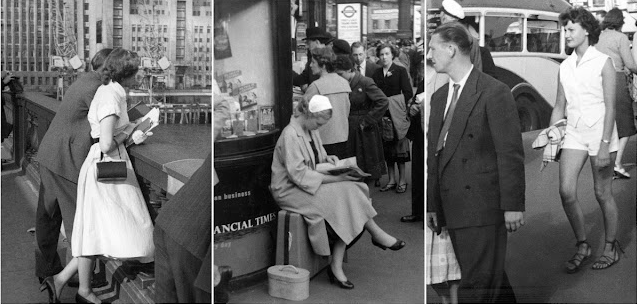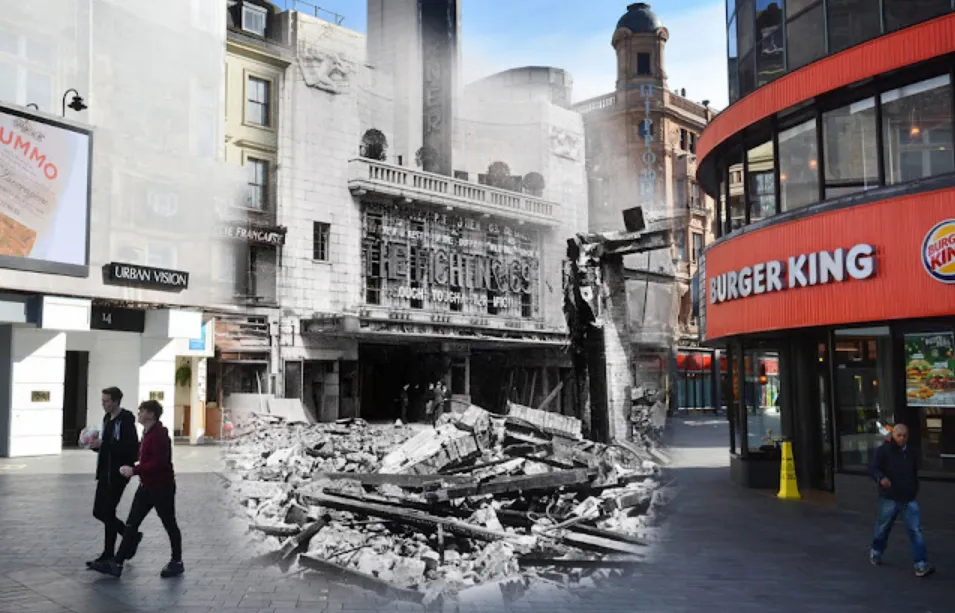The sixties was a difficult decade for Manchester. As heavy industry, cotton processing and trading all suffered a severe downturn, the city had to struggle with high unemployment rates. Between 1961 and 1983, Manchester lost 150,000 jobs in manufacturing. The city’s population also suffered a decline during that time. In 1961, Manchester’s population was 662,000, and by 1971 it was 544,000.
The city also saw the rise of new buildings, skyscrapers and housing schemes in this decade. Few aesthetically memorable buildings were constructed in the 1950s and 1960s, but some grew into landmarks. In 1962, the 118-metre tall CIS Tower became the tallest building in the United Kingdom, and three years later came the opening of the Piccadilly Plaza, another skyscraper. Overcrowded and shabby housing was also demolished to make way for high-rise blocks of flats.
Take a look back at the city in the 1960s through 22 fascinating vintage snapshots from the Visual Resources Collection at Manchester Metropolitan University Special Collections:
 |
| Portland Street at Piccadilly. |
 |
| Brown's warehouse. |
 |
| Ackers Street and the Holy Name. |
 |
| Crowborough Street. |
 |
| Cavendish Street. |
 |
| Central Station. |
 |
| Central Station. |
 |
| A fashion photoshoot by students at the Manchester College of Art and Design. |
 |
| View across Piccadilly Gardens towards the Piccadilly Plaza. |
 |
| The Scala cinema on Wilmslow Road. |
 |
| Shoppers outside the Marks & Spencer store. |
 |
| Manchester City Art Gallery. |
 |
| The Bank of England branch office building on King Street. |
 |
| The Lass O' Gowrie pub on Charles Street. |
 |
| Display of Industrial Design students' work at Manchester College of Art and Design's diploma show. |
 |
| Hollings Building from the tower of Owen's Park student residences. |
 |
| Albert Square and the Albert Memorial. |
 |
| Whit Walk procession along Market Street. |
 |
| St Peter's Square. |
 |
| Plymouth Grove Hotel. |
 |
| Victorian office buildings on King Street. |
 |
| Phone boxes at Piccadilly. |



